#ancient venice
Text

Venecia
369 notes
·
View notes
Photo

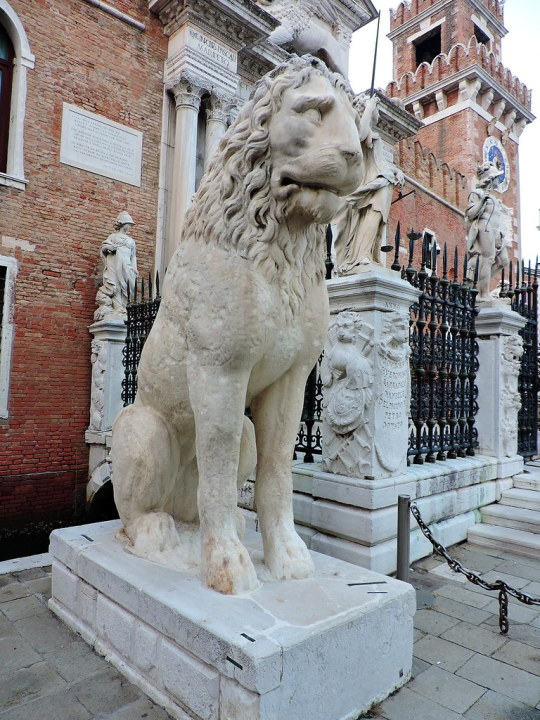
The Parthenon marbles this, the Parthenon marbles that...
I don´t know how known the extent of Greek antiquity looting by West Europeans is to most people or most have a limited image painting the British Museum or Lord Elgin as the sole / main villain.
Here we have the Piraeus Lion (Italian: Leone del Pireo) , one of the four lions decorating the Venetian arsenal in Italy. The prominence of the 3 meter tall lion statue in the port is such that it is also known as Porto Leone ("Lion Port").
We are eternally thankful for the massive courtesy of calling the statue the Piraeus Lion, indicating its origin from Piraeus, the port city of Athens. The statue was sculpted around 360 BC and remained a famous landmark of Piraeus, Athens until 1687.
In 1687, it was looted by Venetian naval commander Francesco Morosini, the man also notoriously responsible for the bombardment of the Parthenon during the wars of the Venetians with the Ottoman Turks, therefore in fact the most irreversible destruction it suffered in its 2,500 year long history. Somehow they were fighting the Turks but it was the Greeks paying for it.
Is it totally and universally acknowledged that Morosini illegally looted this sculpture among so many others? Yes. Does the Piraeus Lion still sit casually in the Venetian port in 2024 as if Venice has a shortage of artefacts to decorate itself with? Also yes. Meanwhile, the Greeks have to limit themselves to a replica in the Piraeus Archaeological Museum.
The Horses of Saint Mark in Venice are also Greek artefacts, this time looted from Constantinople during the crusades, although their original display was in Chios island. Another thing little known is how many ancient and medieval Greek artefacts were looted from the Eastern Roman / Byzantine Empire because people tend to focus on classical antiquities looted in the 19th century.
[Fun fact: The Piraeus Lion has runic inscriptions carved by Swedes in the 11th century. These were either Viking explorers or Varangian mercenaries of the Byzantine Empire.]
#greece#europe#greek culture#ancient greece#western appropriation#crusades#antiquity looting#ancient greek statues#piraeus lion#venice
100 notes
·
View notes
Text


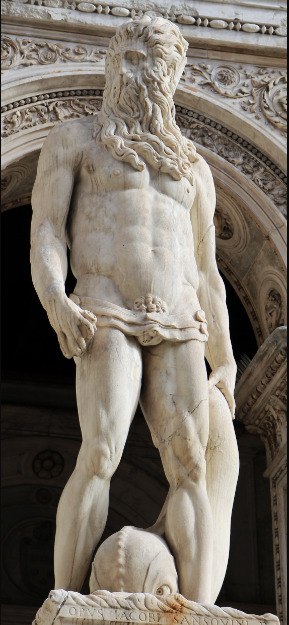
Scala dei giganti, Antonio Rizzo and Jacopo Sansovino, 1485 (architecture)/ 1576 (sculpture)
#art history#art#italian art#aesthethic#16th century#greek mythology#ancient greece#15th century#palazzo ducale#venezia#venice#venetian art#scala dei giganti#giants#stairway#architecture#antonio rizzo#jacopo sansovino#mars#neptune#ares#poseidon
26 notes
·
View notes
Photo
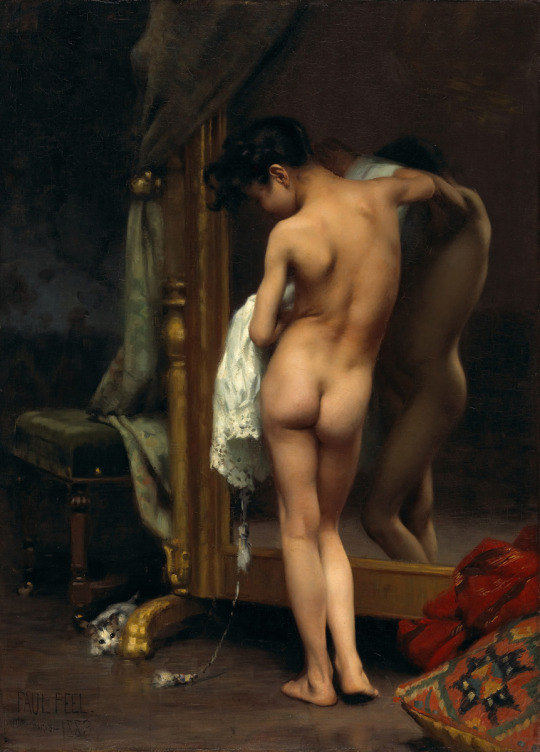
Paul Peel (Canadian, 1860-1892)
A Venetian Bather, 1889
#Paul Peel#canadian art#canadian#art#venetian#a venetian bather#Venice#italy#mediterranean#europe#classical art#traditional art#western civilization#ancient world
735 notes
·
View notes
Note
Do we know anything about the historical context that allowed Venice to come up with something like the Arsenal? Most accounts kind of treat it as this de Novo idea to mass produce ships, but I feel like history never actually works like that, and Carthaginians were doing that 1,500 years earlier. Were there trends going on elsewhere in Europe and the Mediterranean world that contributed to this industrial breakthrough? Do we know anything about the specific administrators who had to plan this seeming quantum leap in production out? Did a bunch of folks immediately see what the Venetians were doing and copy it? If not, why?
I'm going to take a slightly broader take on this question: the assembly line is not an invention, it's a discovery. So it's not about who did it first, because you have lots of cases of independent discoveries happening in wildly disparate times and places.
I remember quite vividly a talk given by Professor Anthony Barbieri-Low when he first arrived at UCSB, where he argued that the assembly line was first discovered in China...during the Bronze Age. As early as the Shang and Zhou dynasties around 1000 BCE, we have evidence of assembly line techniques being used in the production of bronze and pottery, because the pieces were inscribed on the bottom with indications of which worker did which parts of the process and which quality inspector signed off on the piece as good enough for sale - so that if the thing broke, officials could figure out exactly who to blame for shoddy work.

So it's not that Venice was the first to ever adopt the idea of assembly line manufacture of ships, but rather that they did it more consistently and devoted more resources to it than anyone else, and iteratively improved on the techniques to get production times down to a single day per galley.
The Arsenal of Venice was an enormous complex, roughly 15% of Venice's landmass, surrounded by a two-mile long defensive wall, and employing some 16,000 people. In addition to standardized pre-fabricated parts, the Arsenal also emphasized division of labor with workshops devoted to producing everything a warship might need in-house - rope, rigging, masts, planking, sails, nails, guns, etc. Organizing these supply chains, what we might call vertical integration, was an incredible logistical feat in and of itself.
In terms of technology, the Arsenal pioneered frame-first (as opposed to hull-first) construction, a moving assembly line whereby galleys were floated down a canal to different stages of the production process, new forms of firearms, and new kinds of ships llike the galleass and galleon. Galileo was a major consultant to the Arsenal at the height of its power.
In addition to the technical advancements, all of this required a lot of money - roughly 10% of the Republic's entire budget - and what made Venice truly unique was its ability to devote those kind of resources on a regular basis at a time when even powerful empires like the Ottomans and the Spanish were still using the yo-yoing methods of medieval fleet construction.
#history#economic history#ancient history#renaissance history#arsenal of venice#galley#ships#medieval navy#royal navies#royal fleets#military history#naval warfare
65 notes
·
View notes
Text
Okay but real talk do any of my followers have tips on planning a trip to Italy??
#we wanna see all the ancient Roman stuff and the Vatican#but is Milan or Venice more worth it?#or Sicily??#bliss.txt
21 notes
·
View notes
Text
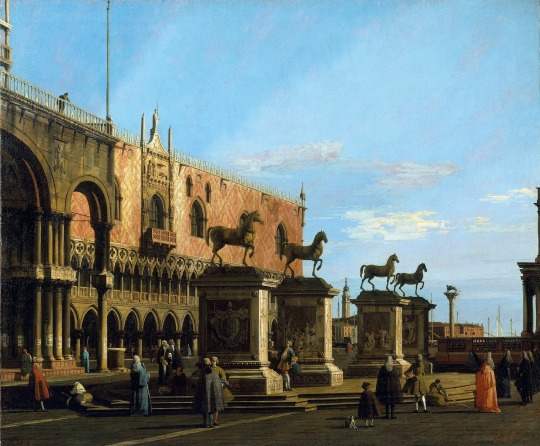
Capriccio View of the Piazzetta with the Horses of San Marco by Canaletto
#canaletto#art#horses of saint mark#horses#horses of san marco#republic of venice#venice#history#europe#european#constantinople#fourth crusade#ancient rome#ancient roman#venetian#venezia#triumph#triumphal#bronze#ancient greek#capriccio#piazzetta#giovanni antonio canal
96 notes
·
View notes
Text
The romantic city of Venice is known by many names, including the floating city, the city of canals and even the Queen of the Adriatic.
#Tags:#Venice#italy#architecture#construction#Wood#stake#Water#engineering#wetland#Roman Cities#ancient#history#ancient origins
28 notes
·
View notes
Text



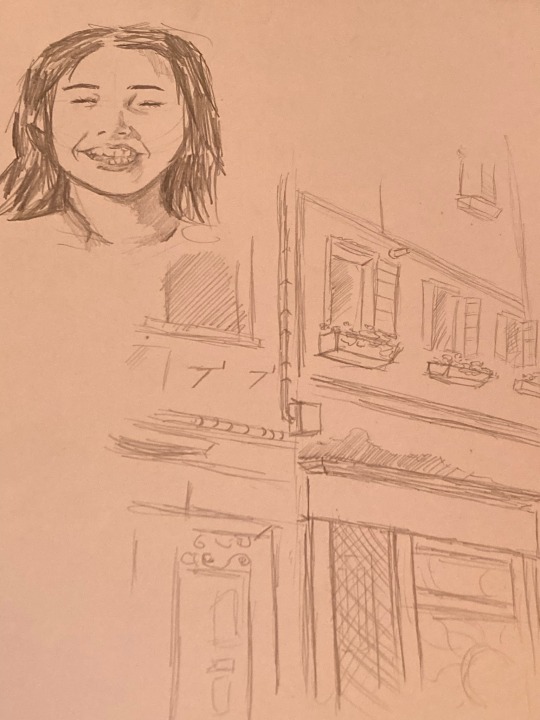


The coliseum!! Such a wonderful landmark! I truly recommend!
#artists on tumblr#traditional art#my art#artwork#art#original art#colloseum#rome#europe#venice#pidgeon#drawing colloseum#colloseum drawing#ancient rome#rome italy#italy 2023#Italy drawings#drawings#sketches#building drawings
7 notes
·
View notes
Photo

Abduction of Ganymede, Palazzo Grimani, Venice, Italy, II century
VS
Ted Hall, Model 118 ConVairCar, Convair, 1947
#convair#flying car#car#airplane#aircraft#ganymede#zeus#ancient greece#ancient greek#greek myth#greek mythologh#myth#mythology#eagle#god#greek gods#venice#venezia#palazzo grimani#tribuna di palazzo grimani
95 notes
·
View notes
Text
Piazza San Marco, Venecia
244 notes
·
View notes
Text

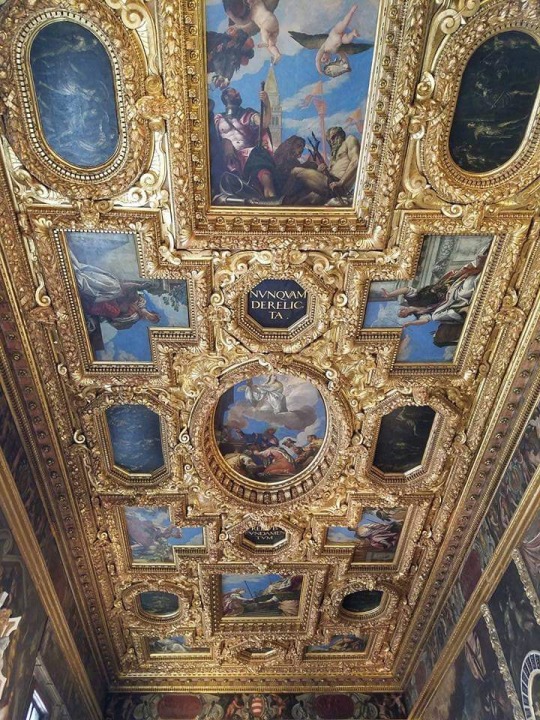
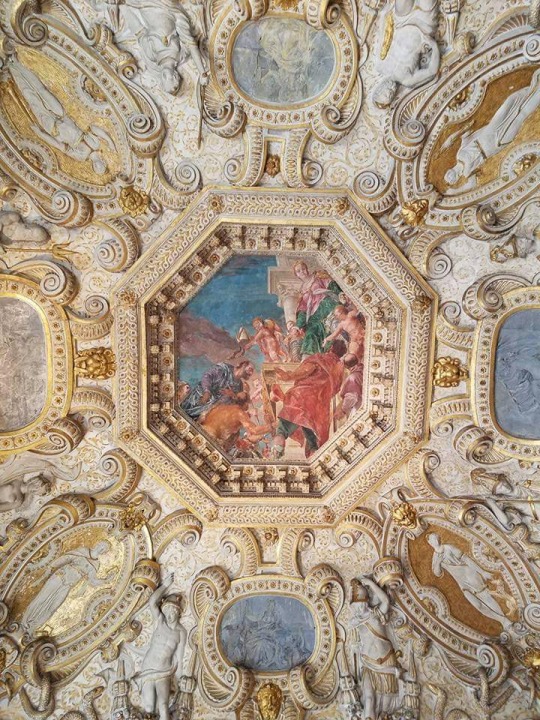

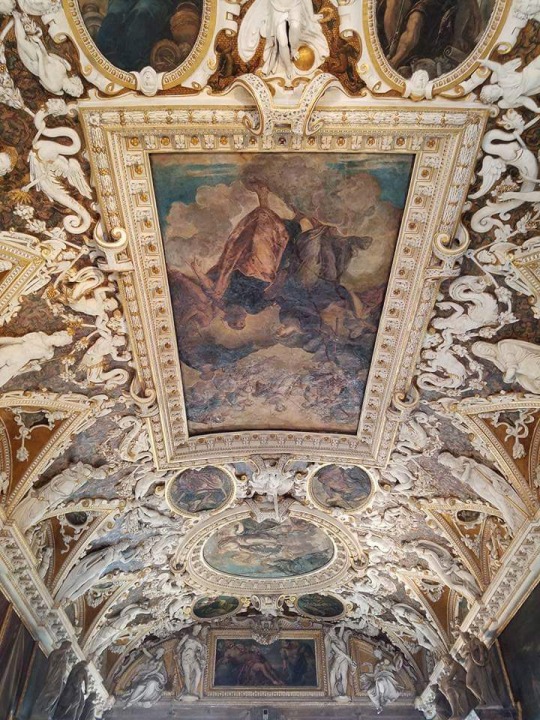


Palazzo Ducale/Doge Palace (Venice, Italy)
#italy#venice#artedit#italian architecture#photography#architecture#art#gothic architecture#palazzo ducale#doge palace#ancient buildings#monument#palaces#gothic style#ceiling#luxury#italian art#ancient building#ancient monument#beautiful things#travel#masterpiece
68 notes
·
View notes
Text
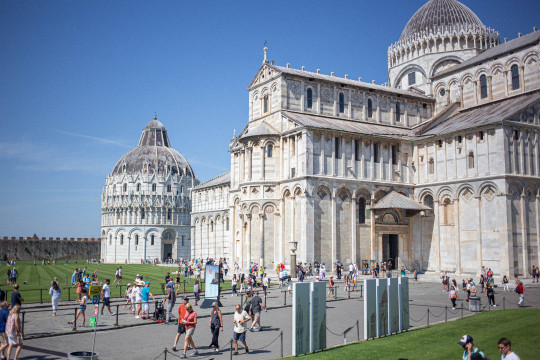



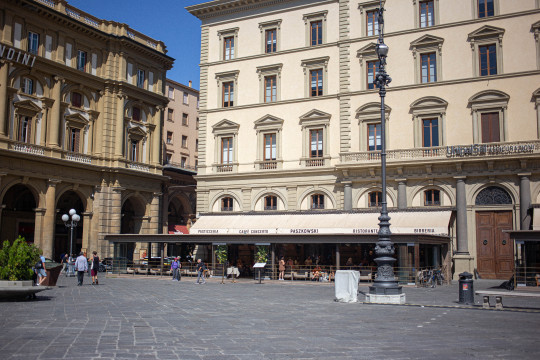
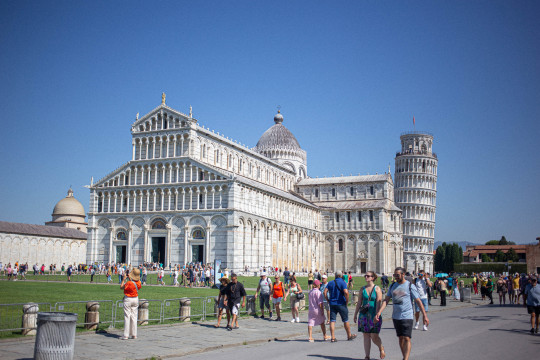
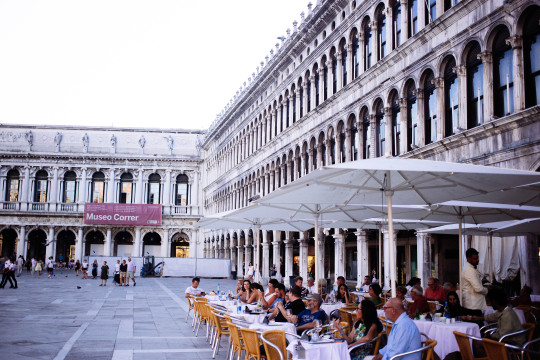
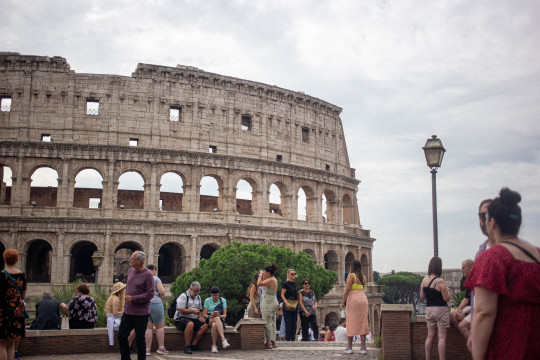


This Italian journey, a harmonious blend of work and wanderlust, etched a tapestry of unforgettable memories in my heart, reminding me that every voyage celebrates professional growth and personal discovery.
As I bid farewell to Italy, I carry with me the enriching experiences and the knowledge that adventure knows no bounds.
2 notes
·
View notes
Text

Depiction of the Battle of Vercellae-Giovanni Battista Tiepolo.Oil on canvas, Irregular painted surface.1725–29.Venice
Metropolitan Museum of Art,New York City
The Battle of Vercellae, or Battle of the Raudine Plain, was fought on 30 July 101 BC on a plain near Vercellae in Gallia Cisalpina (modern day Northern Italy). A Germanic-Celtic confederation under the command of the Cimbric king Boiorix was defeated by a Roman army under the joint command of the consul Gaius Marius and the proconsul Quintus Lutatius Catulus.The battle marked the end of the Germanic threat to the Roman Republic.
#art#Giovanni Battista Tiepolo#Venice#18th century#painting#Battle of Vercellae#historic event#Romans#Germanic tribes#30 July 101 BC#101 BC#2nd century BC#europe#ancient europe
3 notes
·
View notes
Text

16 notes
·
View notes
Text




Take me away to these heavens on earth 🛫
(Paris, Rome, Venice, London)
#parisfrance#paris#ancient rome#london#telephone#venice#lana del rey#travel#heaven on earth#heavenly#coquette#dollette#parisgallery#paris girl#french
3 notes
·
View notes